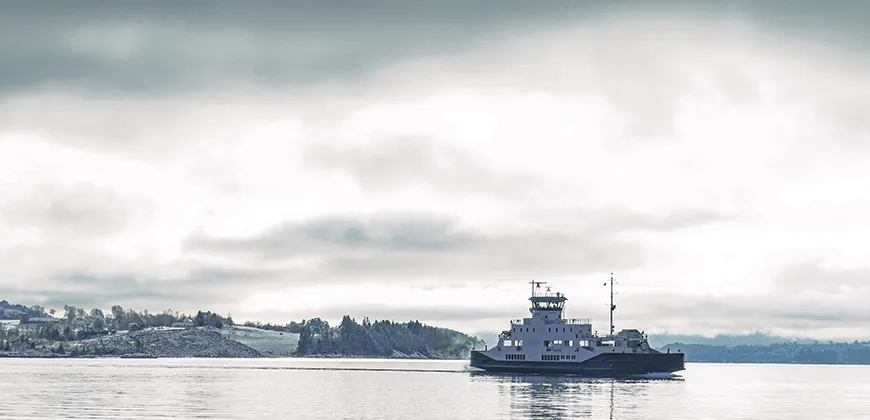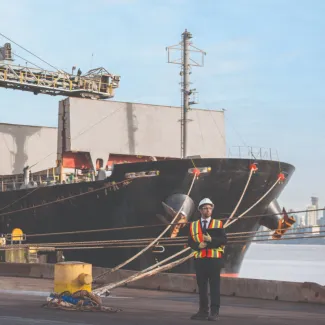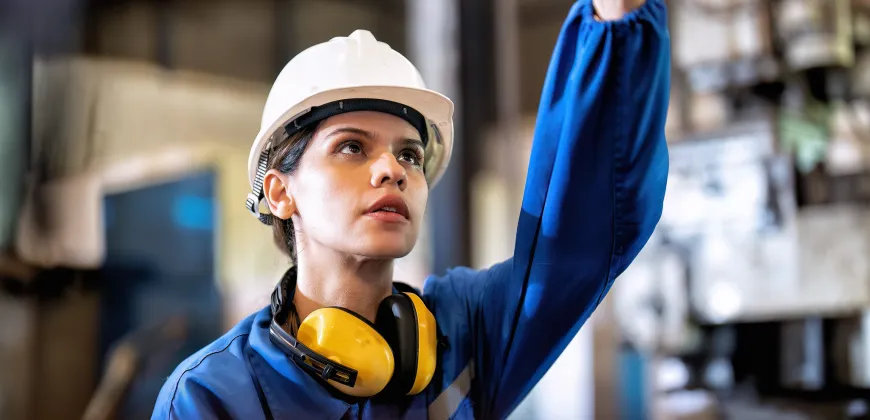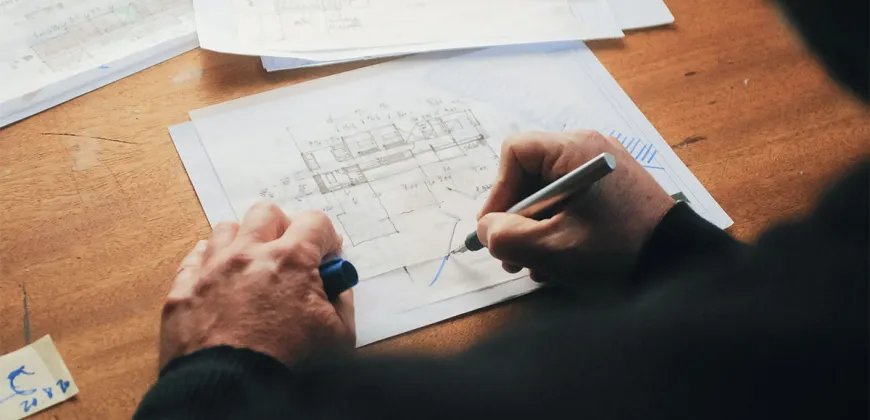Steering the marine industry to a lower-carbon future

By Jon Mikkelsen, Professor of teaching and director of the MEL in Naval Architecture and Marine Engineering
An overarching issue facing the marine industry is its contribution to the climate crisis through greenhouse gas emissions.
Globally, it’s estimated that the marine sector has a comparable impact on global warming as Germany’s, making the industry equivalent to the sixth-largest emitter in the world. The sector has not been complacent, and by 2050, the International Maritime Organization aims to reduce emissions from international shipping by 50% as compared to 2008 levels.
These and other regulations that are coming into play over the next decades underline the necessity of designing the next generation of ships – or retrofitting existing vessels – with a reduced carbon impact.
That’s a significant challenge. One step that’s being taken here in British Columbia is converting ferries in the BC Ferry fleet to run on natural gas rather than bunker fuel, and it can be expected that many container ships will follow suit. While natural gas as a fuel is not the ideal endpoint, it is a positive step as it releases less carbon dioxide when burned than traditional options.
We’re seeing growing interest in alternative fuels, including hydrogen. As with all fuels, there’s a need to do a life-cycle analysis to weigh the advantages – depending on the source of the hydrogen, you may not be farther ahead on your carbon reduction goals.
There are some exciting innovations with hybrid ships using alternative sources of power to supplement traditional engines.
A vessel in Norway, for example, was recently retrofitted with a wind tower that acts as a sail, using wind energy to augment the propeller thrust. Depending on wind levels, the ship’s operators are seeing a 10%-15% reduction in fuel use. Given the scope of the challenge facing our industry, it’s crucial that naval architects and marine engineers have both the broad and specialized knowledge needed to explore potential options and develop sustainable solutions.
Students in the MEL in Naval Architecture and Marine Engineering program are passionately interested in investigating technologies that can reduce the environmental footprint of ships. In one of our recent design courses, they’ve been tasked with designing energy-efficient vessels that are safe and meet other important operational criteria.
One group of students is designing a small ferry that could serve residents and visitors to British Columbia’s Gulf Islands. The hydrofoil they are designing would be 100% battery-operated. The students are considering all elements of the vessel, from materials used to layout and noise generation, a particularly important consideration given that the region is a home to southern resident orcas, who are very affected by marine noise.
A second group of students is also designing a passenger ferry, this one in the Amazon. Here, the goals are similar, looking to explore the materials, propulsion systems and alternative fuel options that could be integrated to create a safe, affordable passenger vessel with minimal environmental impact. These are exciting projects, and taken within the context of the program as a whole, our students are able to develop a strong understanding of the key issues and overarching goals in the industry and the technologies and design solutions that might offer a better way forward.
Our graduates have shown us that they are succeeding as they launch their careers in ship design and building, developing and implementing solutions that are improving the design, construction and operation of ships from an environmental perspective.






